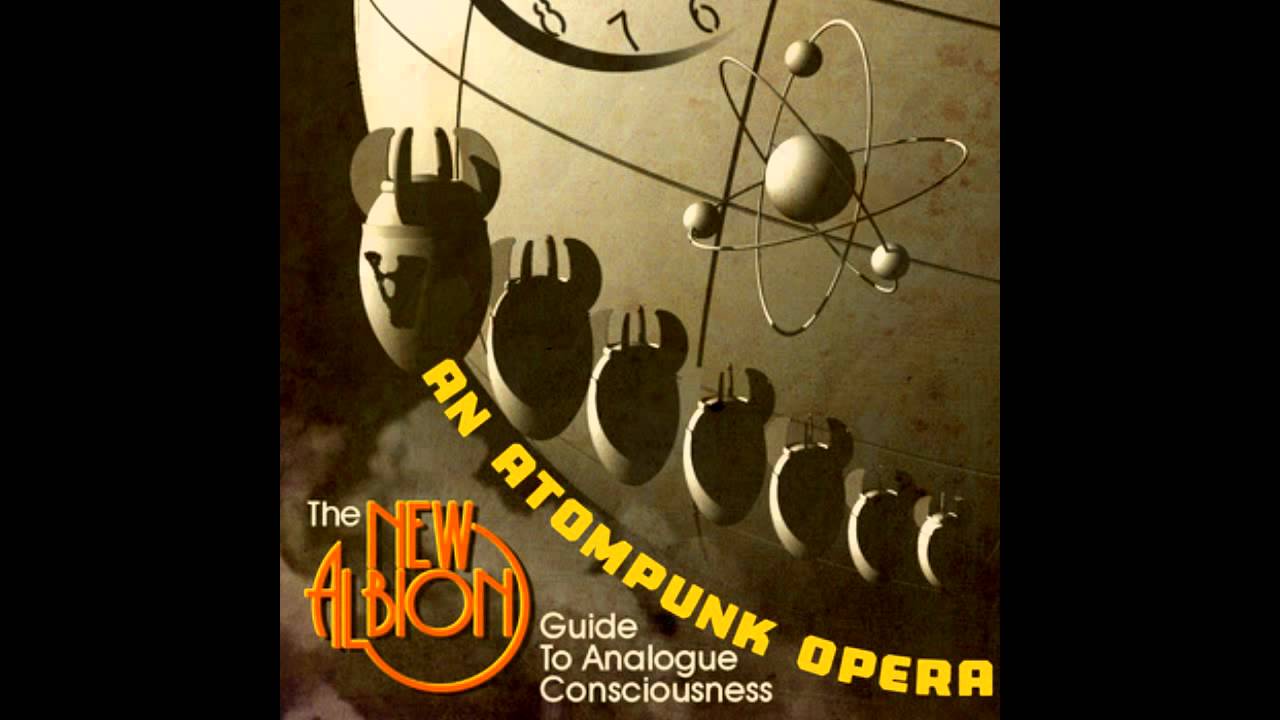The Royal Institution
How are smoke rings formed? Natasha heads to the prep room to test out air cannons.
Subscribe for regular science videos: http://bit.ly/RiSubscRibe
A toroidal vortex ring is formed when a fast moving fluid moves through a relatively still other or different fluid. For example, smoke rings blown through air, or bubble rings in water.
In our cannon example, to start with, the smoke is basically a fast moving ball. As it emerges through the opening, the smoke outside of the ball is being slowed down because of the friction between it and the edges of the hole. Once it leaves the cannon, there is friction at the interface between the smoke and the air in the room. The smoke in the centre of the ball is moving faster than the smoke around the edges, so the smoke on the edges starts to curl around and form a mushroom cloud. As the smoke reaches the back of the cloud, it’s drawn into the faster moving current of air in the centre. It’s this flow pattern that eventually causes the ring to form.
The Ri is on Twitter: http://twitter.com/ri_science
and Facebook: http://www.facebook.com/royalinstitution
and Tumblr: http://ri-science.tumblr.com/
Our editorial policy: http://www.rigb.org/home/editorial-policy
Subscribe for the latest science videos: http://bit.ly/RiNewsletter
Source




Nice video! One thing i'm wondering is that what if i make a hole shaped square or triangle? Would the smoke ball follow its shape?
Can the vortex stop crimes?
good explanation easy to understand
K
Yes! Vortex Science shows amazing properties. I would encourage anyone to look up Viktor Schauberger's work on Water vortexes. And nice rig by the way.
I keep waiting for her to present 'Needle'
What are you using for smoke
Superb,best explained 👌👌👌👌
This is very cool! Best explanation ever!
Can I make one at home?
the doctor has been located
How can i make the underwater one?
So it would just be a ball, if it's in space?
Is it pressure differences caused by the Bernoulli Effect that prevent the vortex ring from dissipating?
good topic. u r beautiful
rain drops falling on a puddle, underwater bubbles accelerating towards the air :000
Sexy
one of the most dangerous weapons ever made
Hold up, i wanna hear about those dolphins doing that with their fins and blowing bubbles, thats crazy
My class did this but I’m in quraintine so my mum showed me
If the air is very still, the wingtip vortices from an aircraft can combine to give a line of rings. When I worked with superconductors, I wondered whether flux lines might do the same thing. In theory two opposed flux lines ought to annihilate each other. In practice they can't as there is nowhere to dump the energy fast enough. So you might get similar vortex rings in super electron wave functions, that slowly string as the energy gets dumped to the normal electrons.
Goodness – this is such old news! The Germans built a vortex cannon in WWII to bring down aircraft, and their studies were far more detailed than this … amazing how often today's scientists just repeat age-old research and seem to claim the credit.